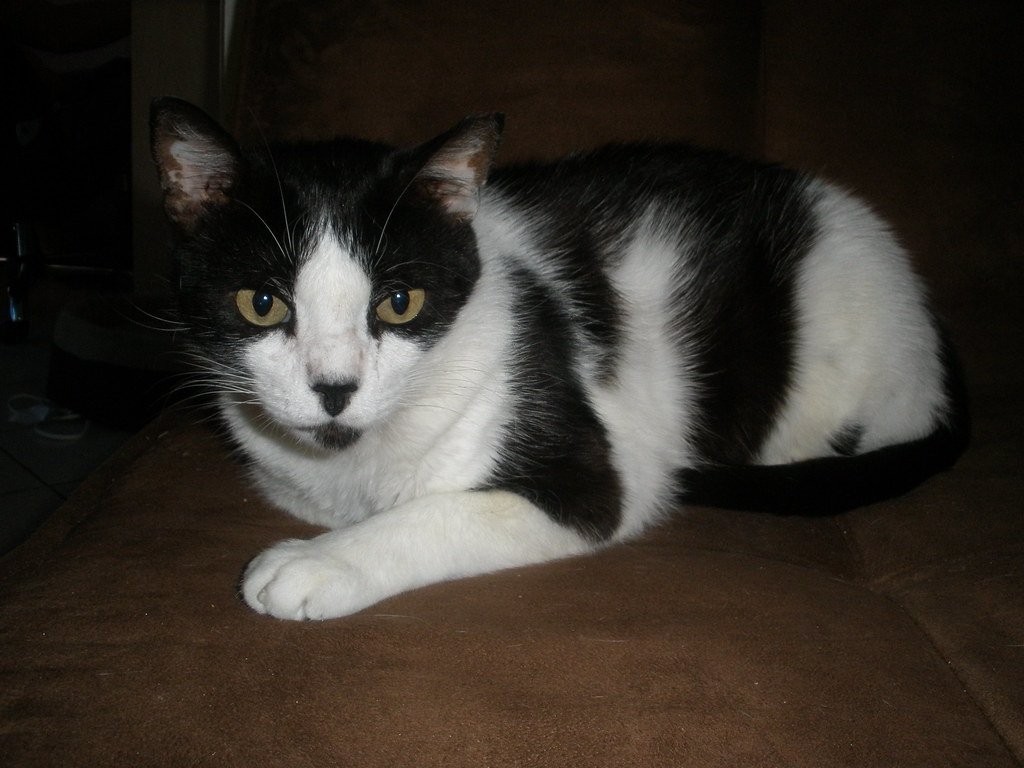Have you ever felt like your cat just knows when you’re sad or happy? Maybe your feline curls up beside you when you’re having a rough day, or seems to avoid you when you’re frustrated. Is it just coincidence, or is there something truly magical happening in your cat’s mind? Recent scientific discoveries are painting a surprising and heartwarming picture of how cats actually process our emotions—and the story is more fascinating than most cat lovers ever imagined.
The Secret Language of Cat and Human
Sometimes, it feels like cats and humans are speaking entirely different languages. Yet, somehow, a simple purr or a gentle headbutt can say more than words ever could. Research now suggests that, beneath those calm, curious eyes, cats are picking up on much more than we thought. They notice our facial expressions, our tone of voice, and even our body movements. It’s almost like they’re reading our emotional “weather,” figuring out whether it’s a stormy or sunny day inside our hearts.
Inside the Feline Brain: What’s Really Happening?

Scientists have started to peek inside the mysterious world of a cat’s brain using the latest brain imaging techniques. What they found is astonishing: when a cat sees or hears its human showing strong emotions, specific areas of its brain light up. These areas are linked to memory, social behavior, and even empathy. It means your cat isn’t just reacting randomly—they’re actually processing what you feel, in their own unique feline way.
Recognizing Human Faces: Not Just a Dog’s Trick
For years, people thought only dogs could recognize human emotions from faces. But recent studies reveal that cats can do it, too—just with a bit of a twist. While cats may not always read our faces as directly as dogs, they combine our facial cues with our tone of voice and body language. This mixed approach helps them figure out if you’re happy, angry, or sad. It’s like they have their own secret formula for understanding us.
Emotion Mapping: How Cats Sense Happiness and Sadness
When you laugh or smile, your cat may respond by approaching you with a relaxed tail or playful attitude. On the flip side, if you’re upset or crying, you might notice your cat sticking close, or sometimes keeping a respectful distance. Scientists have started calling this “emotion mapping.” Cats match what they see and hear from us with their own behaviors—almost like emotional mirrors that reflect our state back to us.
The Purr-fect Comfort: Why Cats React to Sadness
One of the most touching findings is how cats respond to human sadness. Many cat lovers report their pets cuddling closer during tough times, and now science confirms this is more than coincidence. When a cat senses low, slow speech or sees tears, their brains activate areas connected to nurturing and bonding. Some experts even believe that purring is a way cats try to soothe not just themselves, but also their favorite humans.
Stress and Anger: When Cats Keep Their Distance
Cats are surprisingly sensitive to negative emotions like anger or stress. If you find your cat suddenly hiding or avoiding you, it might be because your frustration is literally contagious. Studies show that cats can pick up on raised voices or tense body language, triggering a stress response in their own brains. They remember these moments, sometimes avoiding the source of negativity until things calm down.
Bonding through Touch: The Power of Petting
Physical touch is a universal language, and for cats, it’s a powerful way to connect with their humans. When you pet your cat while feeling happy or calm, both of your brains release feel-good chemicals like oxytocin. This strengthens the bond, teaching your cat to associate your positive emotions with safety and affection. Even a simple chin scratch can become a silent conversation about love and trust.
Learning Over Time: The Emotional Memory of Cats
Cats are creatures of habit and memory. Over time, they learn to connect certain human behaviors and emotions with specific outcomes. If you tend to feed or play with your cat when you’re happy, they quickly learn that your good mood means good things for them. On the other hand, a grumpy mood might signal “stay away.” This remarkable emotional memory helps cats adapt to the unique personalities of their humans.
Differences between Cats and Dogs: Unique Emotional Processors
While both cats and dogs process human emotions, they do it in their own distinct ways. Dogs often seek to please and comfort, rushing to your side when you’re upset. Cats, however, carefully weigh each situation, choosing whether to offer comfort or give you space. This isn’t aloofness—it’s a thoughtful response shaped by thousands of years of evolution as independent hunters and gentle companions.
What This Means for Cat Lovers: Building a Stronger Bond
Knowing that your cat is really paying attention to your emotions can change the way you see your relationship. It’s not just about food and toys—your mood matters. By being mindful of how you express your feelings around your cat, you can help them feel safer and more connected. Next time you have a tough day, don’t be surprised if your furry friend comes to check on you. Isn’t it amazing to know that your cat understands you more than you ever realized?

Linnea is a born and bred Swede but spends as much time as possible in Cape Town, South Africa. This is mainly due to Cape Town’s extraordinary scenery, wildlife, and atmosphere (in other words, because Cape Town is heaven on earth.) That being said, Sweden’s majestic forests forever hold a special place in her heart. Linnea spends as much time as she can close to the ocean collecting sea shells or in the park admiring puppies.





